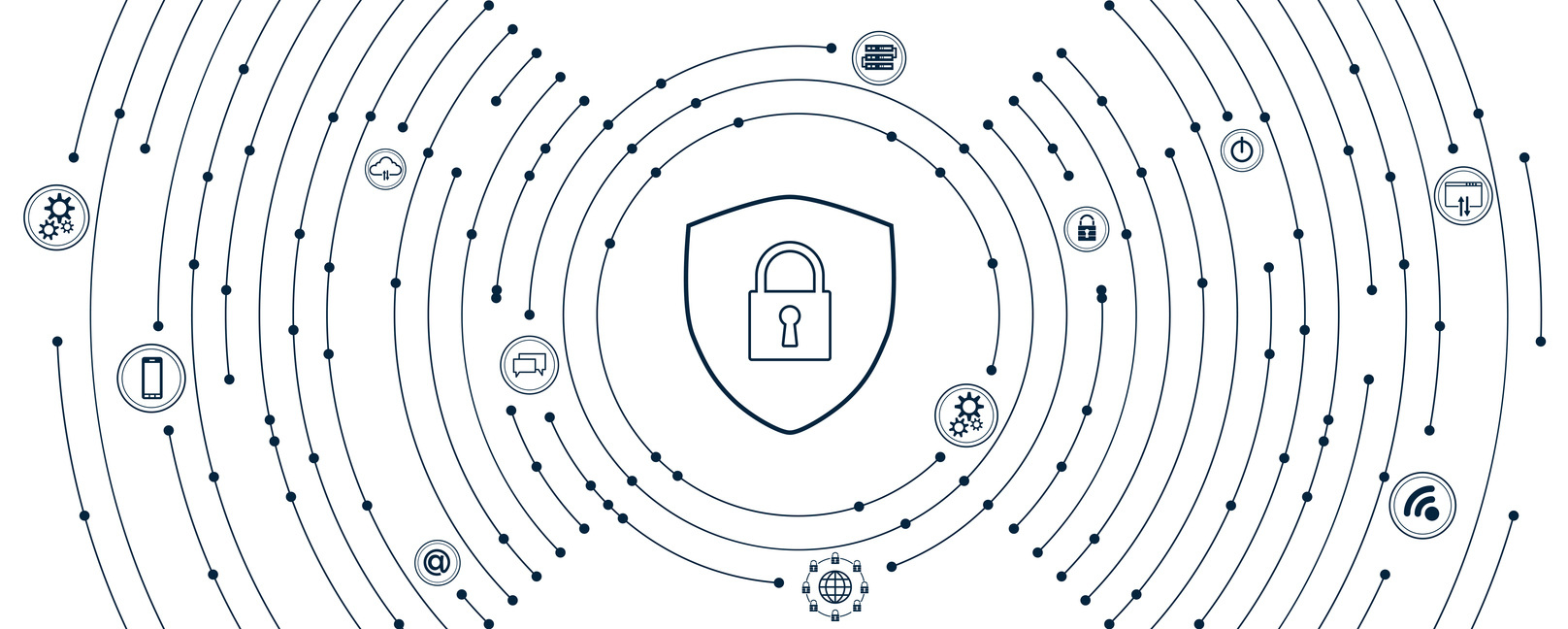Dispersive Zero Trust Advantage
A Stealth-First, Preemptive Approach to Zero Trust Networking
Key Benefits of Dispersive Zero Trust
Dispersive Zero Trust combines Stealth Networking, preemptive cyber defense, and automated resilience to provide unmatched security, performance, and manageability.
Enhanced Security
Stealth Networking prevents attackers from detecting, intercepting, or exploiting network traffic.

Increased Resilience
Multi-path technology and dynamic adaptation ensure high availability and continuity, even during cyberattacks.

Optimized Performance
Dynamic routing and load balancing reduce latency and enhance network speed for mission-critical applications.
Traditional security models are no longer enough to combat today’s advanced cyber threats. Dispersive Zero Trust takes a revolutionary approach by combining preemptive cyber defense, Automated Moving Target Defense (AMTD), and Zero Trust principles to create a proactive and resilient security posture.
Unlike conventional solutions that focus primarily on identity and access control, Dispersive extends Zero Trust to the network itself—ensuring that even if an attacker gains access, they can’t move laterally or extract data.
Our stealth-first approach secures organizations by fragmenting, dispersing, and encrypting network traffic, making it nearly impossible for adversaries to intercept, analyze, or exploit vulnerabilities.
Core Elements of Dispersive Zero Trust
Most Zero Trust models focus on identity and access management, but Dispersive extends Zero Trust to the network itself—ensuring that network pathways remain secure and invisible to attackers.
Using patented Split-Session Multi-Path™ technology, Dispersive fragments and disperses data packets across multiple, randomized paths—making interception and reconstruction nearly impossible.
Dispersive dynamically adjusts network traffic in real time, rerouting around threats, congestion, and outages while optimizing performance.
All data is encrypted at every hop, while network metadata is obfuscated, preventing attackers from identifying traffic flows or network topology.
By distributing traffic across multiple independent paths, Dispersive eliminates single points of failure, ensuring continuous operation even during attacks.
Sensitive applications, users, and devices are isolated within micro-segmented environments, preventing lateral movement of threats inside the network.
Authenticated users and devices are isolated to only the resources they are permitted to access, blocking unauthorized access and stopping credential misuse.
By integrating Zero Trust with advanced network security technologies, Dispersive delivers a comprehensive, high-performance, and resilient cybersecurity solution.
Our Stealth Networking approach reinforces Zero Trust principles at the network level, ensuring that every connection is verified, encrypted, and dynamically obfuscated to prevent reconnaissance and attack surface exposure. Multi-path routing and adaptive AI optimize performance, enhancing network speed and reliability without sacrificing security.
Built for resilience, Dispersive eliminates single points of failure, guaranteeing 99.999% uptime even under attack. With a centralized management platform, organizations can easily monitor, enforce, and scale security policies, reducing complexity while strengthening their overall cyber defense posture.
How Dispersive Strengthens Zero Trust Security
Dispersive Preemptive Cyber Defense
- Proactive Threat Mitigation – Uses AI and predictive analytics to detect and prevent network attacks before they escalate.
- Reduced Attack Surface – Proactively eliminates network exposure to prevent reconnaissance attacks.
- Faster Incident Response – AI-driven automation neutralizes threats in real time.

Dispersive Automated Moving Target Defense (AMTD)
- Dynamic, Unpredictable Network Environments – Constantly shifts network configurations to thwart attackers.
- Increased Attacker Effort – Forces adversaries to waste time and resources, often leading them to abandon attacks.
- Self-Healing Resilience – If an attacker compromises a route, Dispersive automatically redirects traffic.
%20(1).jpg)
Dispersive Zero Trust Security
- Minimizes Insider & External Threats – Assumes no entity is inherently trusted.
- Granular Access Control – Limits access to the absolute minimum required.
- Eliminates the Attack Surface – Stealth Networking technology prevents reconnaissance, stopping attacks before they begin.

Building a Future-Ready Zero Trust Network
The Dispersive Zero Trust multi-layered defense model ensures that organizations remain resilient against evolving cyber threats while optimizing network speed and reliability by integrating:
- Preemptive Cyber Defense – Anticipate and mitigate threats before they materialize.
- Automated Moving Target Defense – Continuously shift network configurations, making it difficult for attackers to find a static target.
- Zero Trust Stealth Networks – Obfuscate infrastructure and eliminate the attack surface.

A Closer Look: Dispersive Zero Trust Architecture.
- Assume Breach Mentality – Designs security measures under the assumption that breaches will happen.
- AI-Driven Continuous Monitoring – Detects and neutralizes cyber threats in real time.
- Stealth Networking – Makes network infrastructure invisible to attackers.
- Micro-Segmentation – Prevents lateral movement of attackers inside the network.
- No Single Point of Failure – Traffic is rerouted automatically in case of an attack.
- Multi-Path Redundancy – Ensures high availability and performance even under attack.
- Centralized Control & Monitoring – Reduces complexity and improves security enforcement.
- Automated Response – AI-driven incident detection and response minimizes human error.
- Agile Security Model – Adjusts security policies dynamically to combat evolving threats.
- Continuous Improvement – AI-driven analytics improve defenses based on real-world attack patterns.
Get Started Today
Ready to implement true Zero Trust? Schedule a consultation to learn how Dispersive Zero Trust can eliminate your attack surface and enhance network security.
